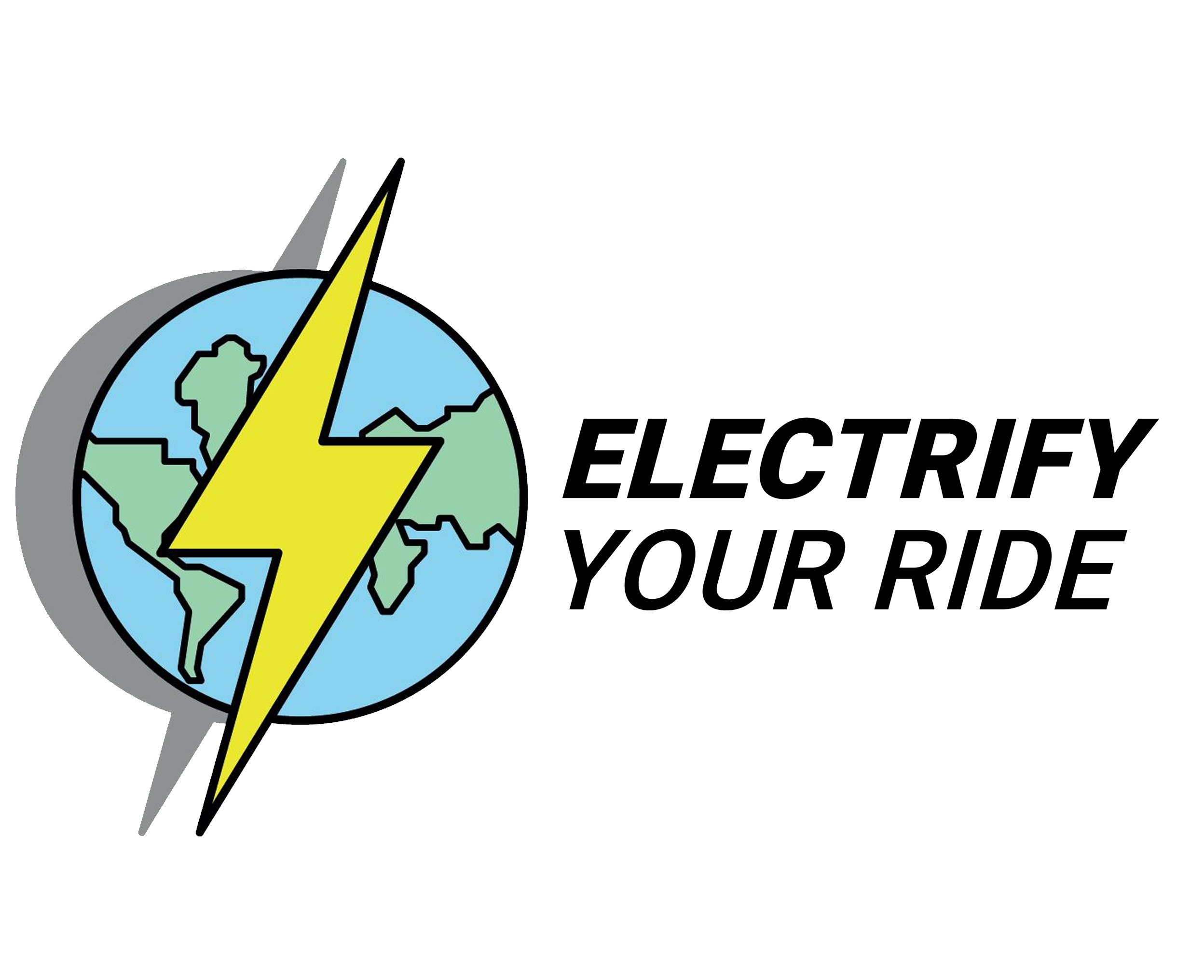Getting one’s (classic) car converted by an EV conversion company is expensive, in some cases prohibitively expensive. So, the number of customers is naturally limited. That may be the reason why a growing number of conversion professionals now offer kits and packages to scale up their business.
Two recent examples of this change of strategy are Electrogenic in the UK and Fellten in Australia. Electrogenic’s “drop-in kits” for Jaguar E-Types, Land Rovers, and classic Minis are meant to be installed by partner garages. Whereas Fellten wants to train “vintage car mechanics” do “all kinds of conversions” with their “universal battery system” which was first implemented in a classic Mini cooper.
The drawback: Despite the kit approach the cost is still high – 60,000 Australian Dollars (app. 36,000 euro) for the Mini conversion, 80,000 British pounds sterling (app. 93,000 euro) for the E-Type kit from Electrogenic.
However, the initiatives are a step in the right direction because one reason why conversions are expensive is the fact that – up to now – they have been done on a case-by-case basis. The standardization of solutions and processes as well as the qualification of more people to perform an EV conversion will help bring down costs.
Although this will take time, we think in the end the conversion of large numbers of mass production models will be possible – and help the transition from the combustion engine to the electric mobility age.
As the Chinese saying goes: Every journey begins with a first step.
Read the full stories in Forbes (Electrogenic) and in The Driven (Fellten).





